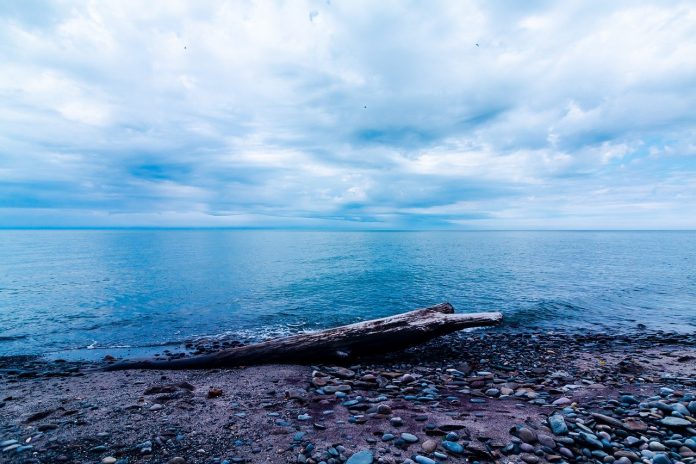TOLEDO, Ohio — Ohio Sea Grant researchers at The University of Toledo spent the past two summers collecting samples of various bacteria and algae at sites across the region’s shoreline to study microbe diversity. The tiny organisms are critical to Lake Erie’s ecosystems, providing energy for the entire aquatic food web through photosynthesis.
Trisha Spanbauer, assistant professor of environmental sciences at The University of Toledo, and her team first collected aquatic microbes from nine sample sites representing different nearby land uses and shoreline management techniques, such as jetties and seawalls built to control erosion. Sites ranged from areas with agricultural and industrial impact near Toledo to intact wetlands farther east such as Old Woman Creek.
Researchers then conducted DNA analysis on the samples to distinguish by species, genus or family and quantify the diversity of the “microbiome.” The study used an efficient process called high-throughput sequencing, which allows many DNA fragments to be sequenced at once.
The team is now beginning to analyze all the data they collected, Spanbauer said. Results will help identify environments on the lake that are resilient or vulnerable to environmental perturbation. Information will be provided to partner agencies, including the Ohio Department of Natural Resources Coastal Management Office and the Old Woman Creek National Estuarine Research Reserve.
While no results from the study are final, preliminary data suggests that silica — in addition to documented factors like temperature and stratification — may influence competition among algae that results in harmful algal blooms. Silica is a compound of silicon and oxygen that makes up minerals like quartz and sandstone and has a high prevalence in the Great Lakes.
Thanks to the project, Spanbauer’s team also started a new community science initiative called ERIeDNA, which involves University of Toledo students and local residents in the research process. Through “BioBlitzes,” participants collect water from nearby sources, filter it and then return the filter to the researchers for analysis. Spanbauer plans to grow the program and make kits that people can use to collect and filter water samples.
Webinar
Those interested can learn more about this Sea Grant-funded research during Spanbauer’s Freshwater Science webinar Oct. 31 from 12 to 12:30 p.m.
The webinar is free, but registration is required to receive login information. Register at ohioseagrant.osu.edu/outsourced/forms/view.php?id=212125.










